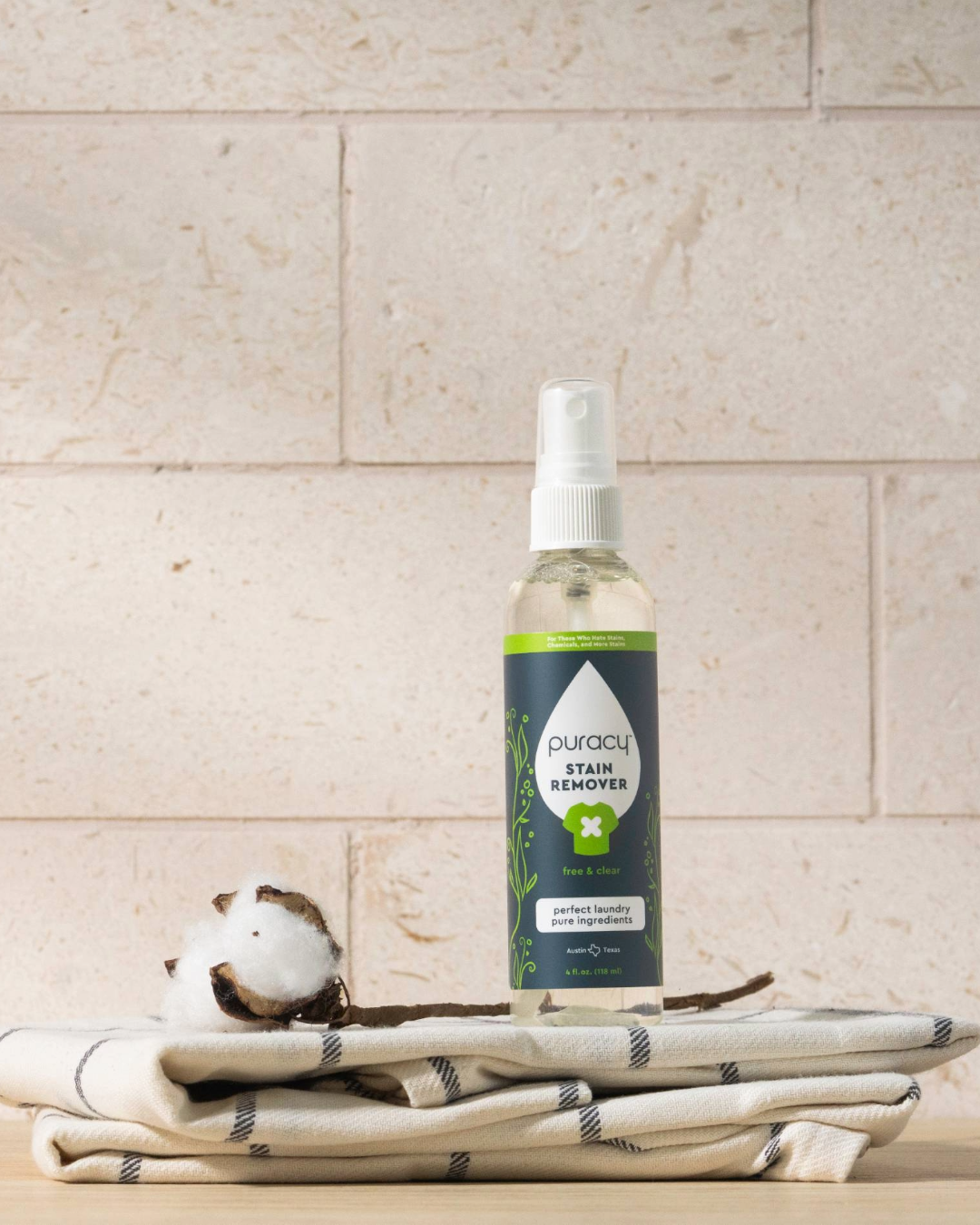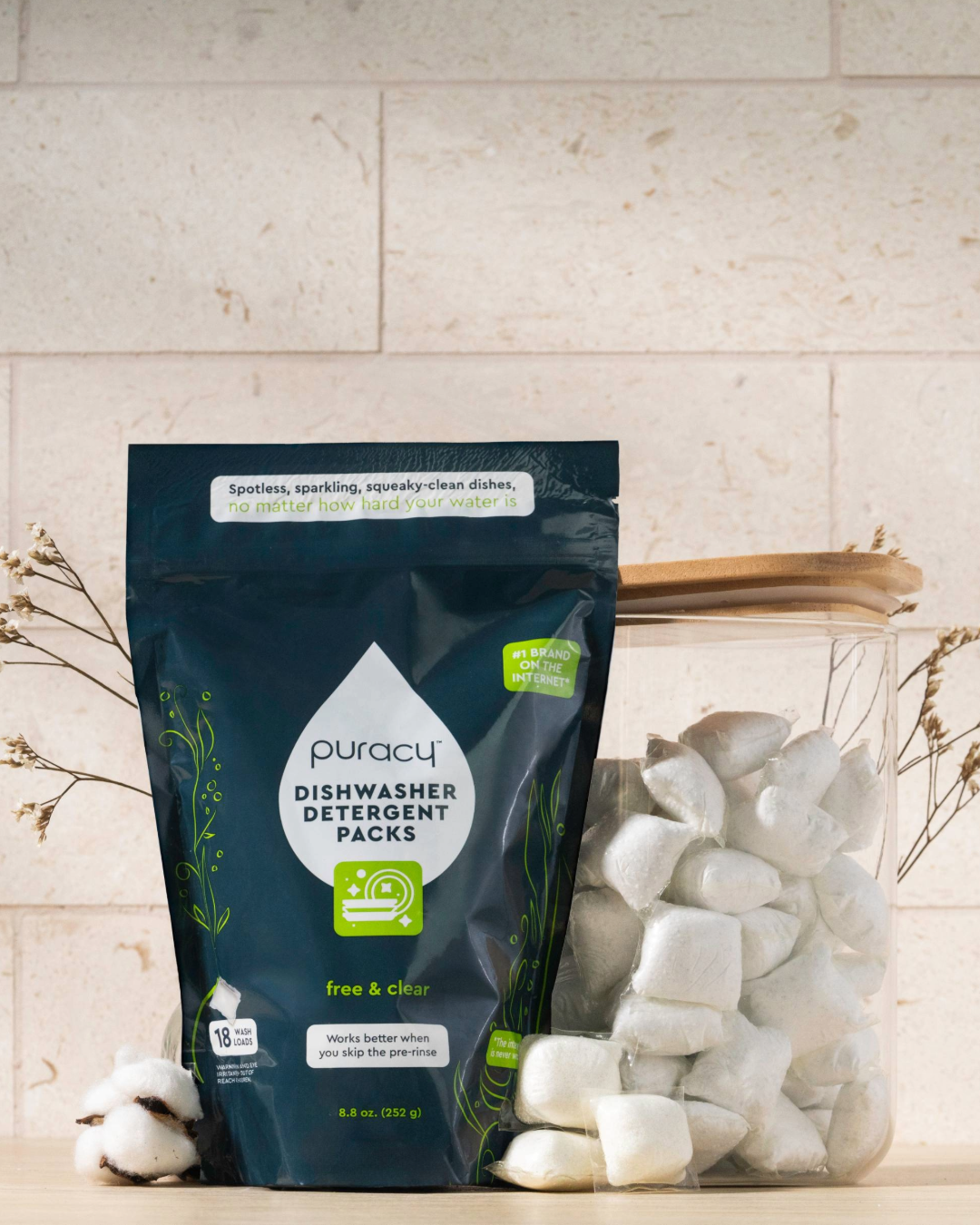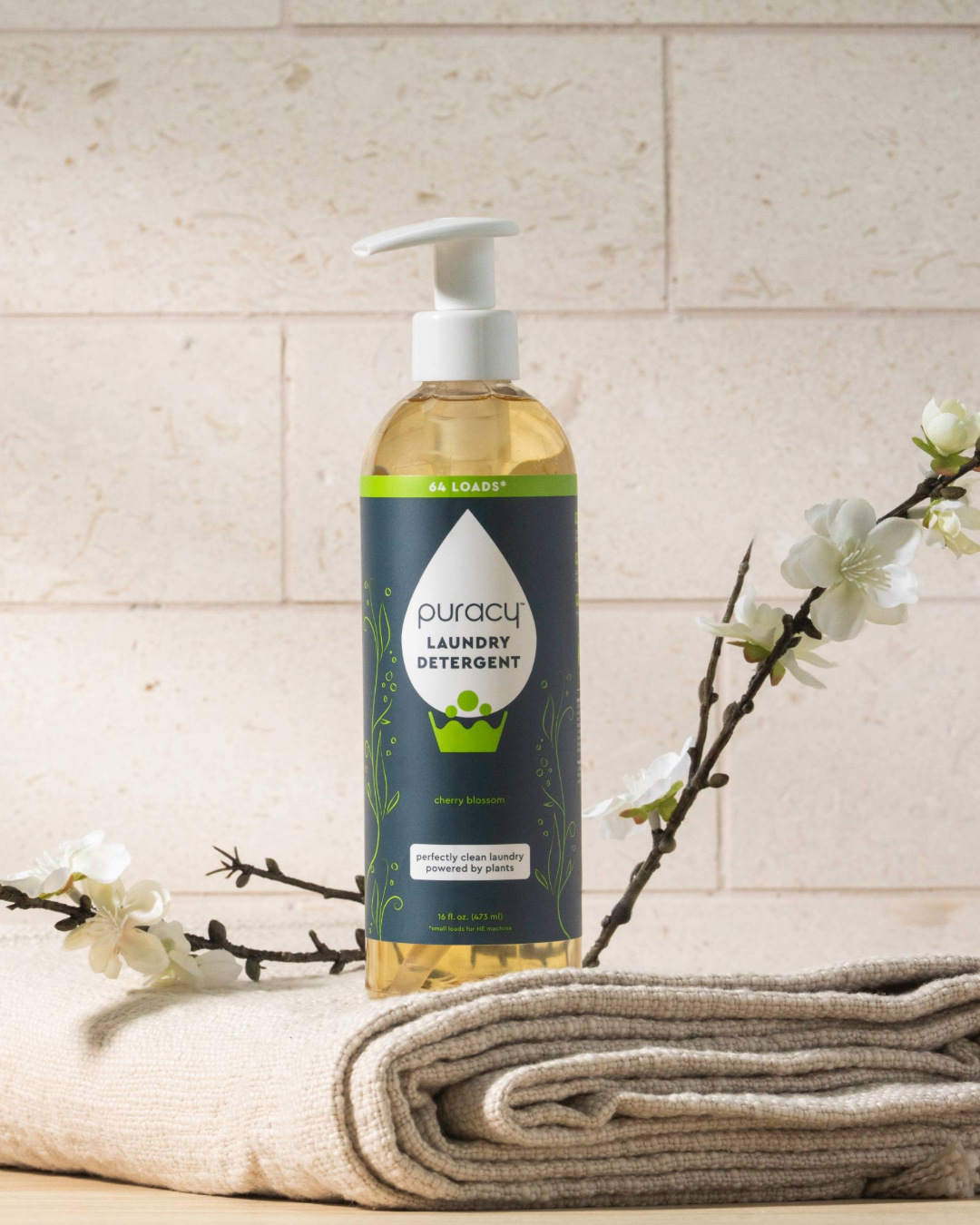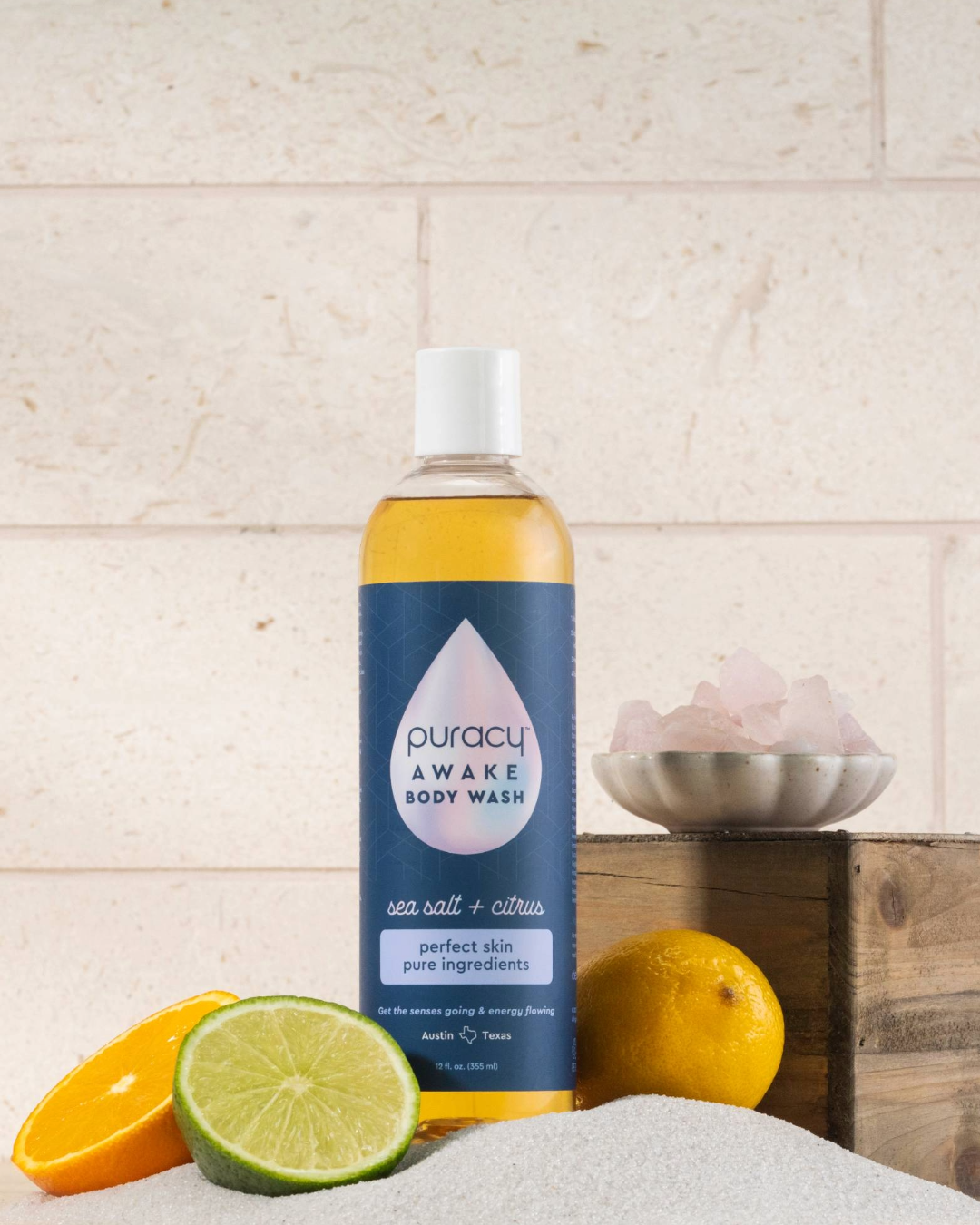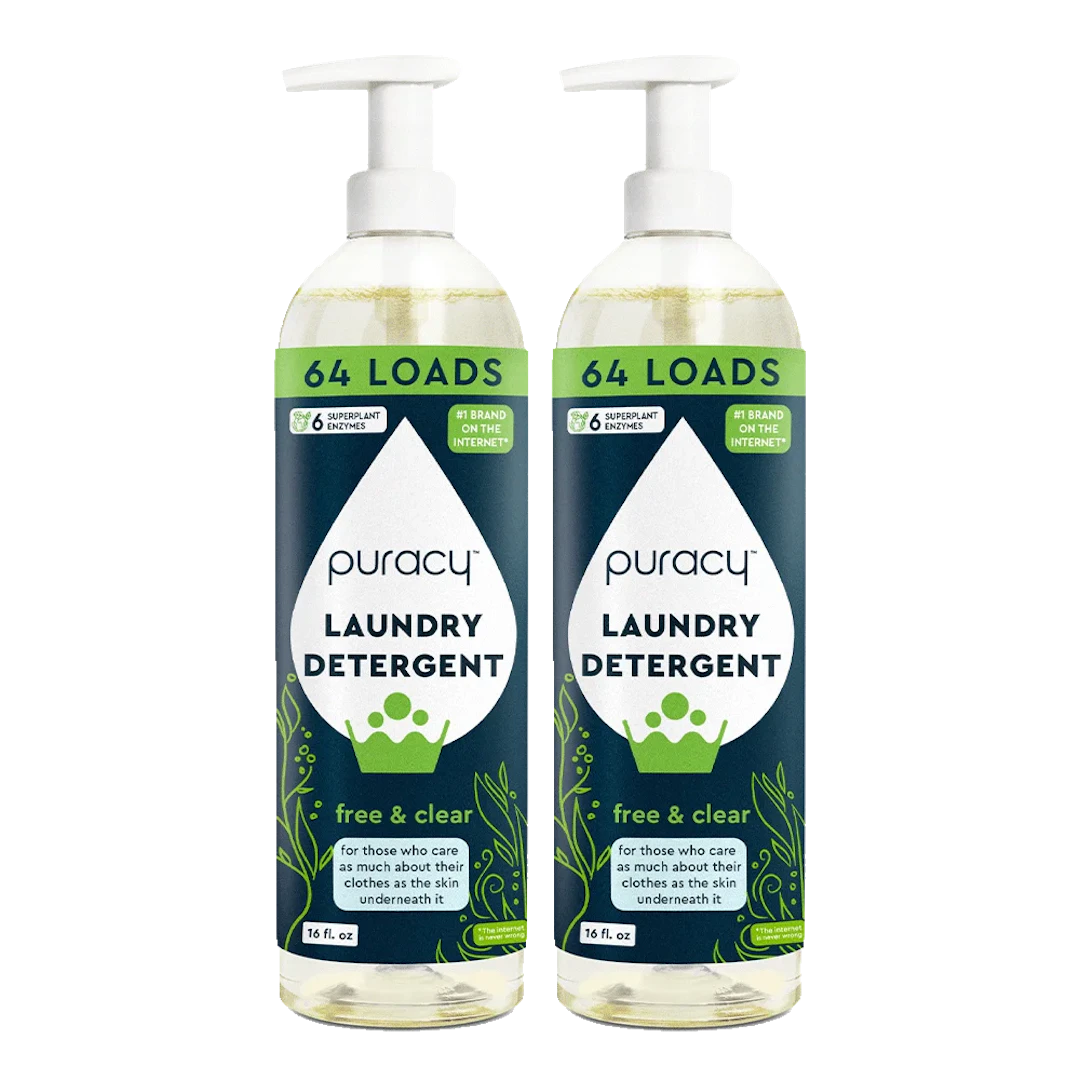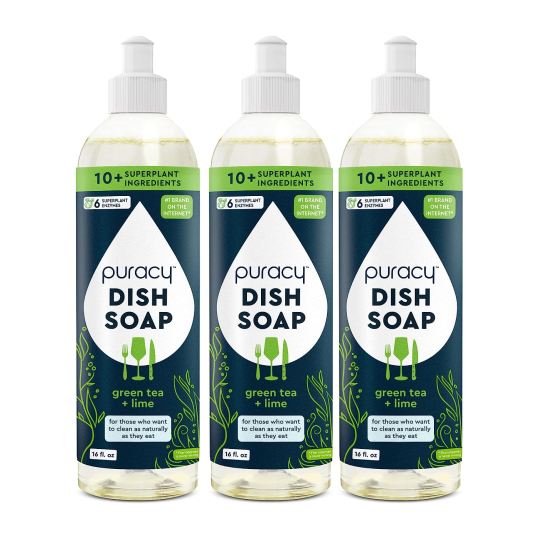
10 Ways to Avoid the Use of Microplastics
Microplastics are tiny particles that can be everywhere—in our water, food, and even the air we breathe. But don’t worry! We’re going to dive into what microplastics are, why they’re a problem, and how you can minimize their presence in your home.
What Are Microplastics?

Microplastics are exactly what they sound like: minuscule plastic particles, typically less than 5 millimeters in size. They come in two flavors: primary microplastics, which are intentionally made small (like the beads in some cosmetics), and secondary microplastics, which are the result of larger plastics breaking down over time. These tiny particles have found their way into just about every corner of the earth—from the deepest oceans to the air we breathe.
Sources of Microplastics: A Quick Rundown
- Bottled Water: Those convenient plastic bottles are a major source of microplastics.
- Clothing: Synthetic fibers like polyester shed microplastics every time they’re washed.
- Food Containers: Plastic packaging can break down and leach microplastics into your food.
- Cosmetics: Some personal care products still contain microbeads.
- Single-Use Plastics: Straws, bags, and utensils contribute significantly to microplastic pollution.
- Airborne Dust: Yes, even the air inside your home can carry microplastics.
Why Are Microplastics Bad for the Environment?
Once microplastics are in the environment, they’re pretty much there for good. They can be ingested by marine life, making their way up the food chain (and onto your dinner plate). They’ve been found in the most remote areas of the planet, and they’re even showing up in human tissues. Microplastics can carry toxic chemicals, which can cause serious harm to wildlife and potentially to humans as well. In short, they’re not something you want hanging around.
How to Avoid Microplastics: Simple Changes with Big Impact

Now, here’s where you can take action. Reducing your exposure to microplastics doesn’t require a complete lifestyle overhaul, just some thoughtful swaps and habits. Let’s go through some practical ways you can kick microbeads to the curb.
1. Avoid Bottled Water
One of the simplest steps you can take is to ditch bottled water. Those convenient plastic bottles are not only wasteful, but they’re also a prime source of microbeads. Opt for a stainless steel or glass reusable water bottle instead, and fill it with filtered tap water. If you’re concerned about water quality, investing in a high-quality NSF-certified water filter can help reduce contaminants, including microbeads.
2. Choose Plastic-Free Food Containers
Plastics can leach into your food, especially when exposed to heat. Switch to glass or stainless steel containers for storing leftovers, packing lunches, and reheating food. If you must use plastic, make sure it’s labeled as BPA-free and avoid microwaving it, as heat accelerates the breakdown of plastics.
3. Say No to Single-Use Plastics
This one’s a no-brainer, but it’s worth repeating. Single-use plastics like straws, cutlery, and bags are major contributors to microbead pollution. Keep reusable alternatives on hand—like stainless steel straws, bamboo utensils, and cloth shopping bags—to avoid needing the plastic versions.
4. Reconsider Your Clothing Choices
Your wardrobe might be hiding a secret: synthetic fabrics like polyester, nylon, and acrylic shed microbeads with every wash. Consider switching to natural fibers like cotton, wool, or bamboo, which don’t release microbeads. If you do have synthetic clothes, washing them less frequently and using a microfiber-catching laundry bag can help minimize microbead pollution.
5. Purify the Air You Breathe
Microbeads can also be airborne, especially in indoor environments. Regularly vacuuming with a HEPA filter can reduce the amount of microbead particles floating around your home. Dusting with a damp cloth (instead of a dry duster) can also help capture these particles rather than just moving them around.
6. Use Microplastics-Free Cosmetics and Personal Care Products
Some beauty products still contain microplastics in the form of microbeads. Opt for products that are labeled as microbead-free. There are plenty of natural alternatives that are just as effective without the environmental impact. Look for brands that prioritize sustainable ingredients and packaging.
7. Skip the Microwave and Plastic Combo
Microwaving food in plastic containers can cause microbeads to leach into your food. Instead, transfer your food to a glass or ceramic dish before reheating. It’s a small change that can make a big difference for your health and the environment.
8. Use Silicone Instead of Plastic
Silicone is a safer, more durable alternative to plastic, especially in the kitchen. From reusable silicone bags to baking mats, these products can help you cut down on plastic use while also being more heat-resistant and long-lasting. Best of all? Silicone is easy to clean.
9. Wash Your Hands Regularly
Microplastics can cling to your skin, especially after handling plastic products. Regular handwashing with a natural hand soap can help reduce the risk of ingesting or absorbing these particles. It’s a simple habit that goes a long way in keeping microbeads at bay.
10. Avoid Processed Foods
Processed foods are often packaged in plastic, and they may also contain additives that include microbeads. By choosing fresh, whole foods and avoiding overly processed options, you’re reducing both your microbead intake and your overall exposure to harmful chemicals.
Key Takeaways
Microplastics are a growing concern, but there’s plenty you can do to protect your family and the environment from their harmful effects. By making conscious choices—like avoiding bottled water, switching to plastic-free containers, and opting for natural fibers—you can significantly reduce your exposure. It’s all about taking small, manageable steps that align with your commitment to health, sustainability, and a better future for your children.
